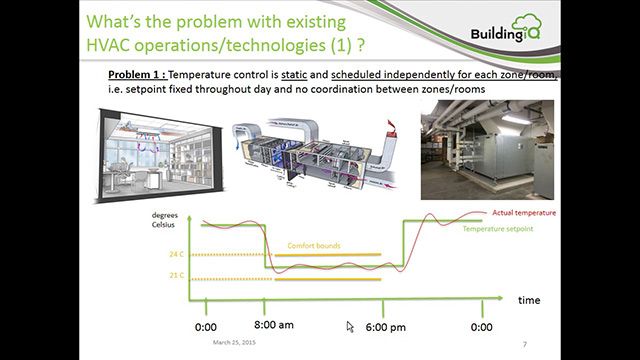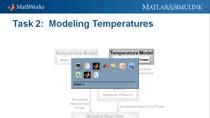Advancing Energy Analysis at GM with the New VERDE Toolchain
Anamitra Bhattacharyya, GM
Nathan Wilmot, GM
General Motors has a long partnership with MathWorks, utilizing MATLAB® and Simulink® to develop proprietary tools for vehicle efficiency and longitudinal performance analysis. Ever-increasing reliance on virtual methods in all phases of product development required improvements to simulation tool efficiency, speed, and fidelity. We also acknowledged the benefits of increased collaboration through modular tool design, democratization, and co-simulation. Recognition of these needs drove a complete redesign of core tool structure and interfaces. The newly introduced VERDE (Vehicle Energy and Range Development Environment) toolchain builds on MATLAB and Simulink with App Designer and Simscape™ to address these needs. In this presentation, hear about VERDE core capabilities, new interface, unique features, and integrated pre- and post-processing that enable General Motors to develop conventional, BEV, and hybrid architectures for leading-edge fuel economy, range, performance, and global CO2/GHG strategy.
Published: 14 May 2024




